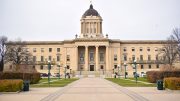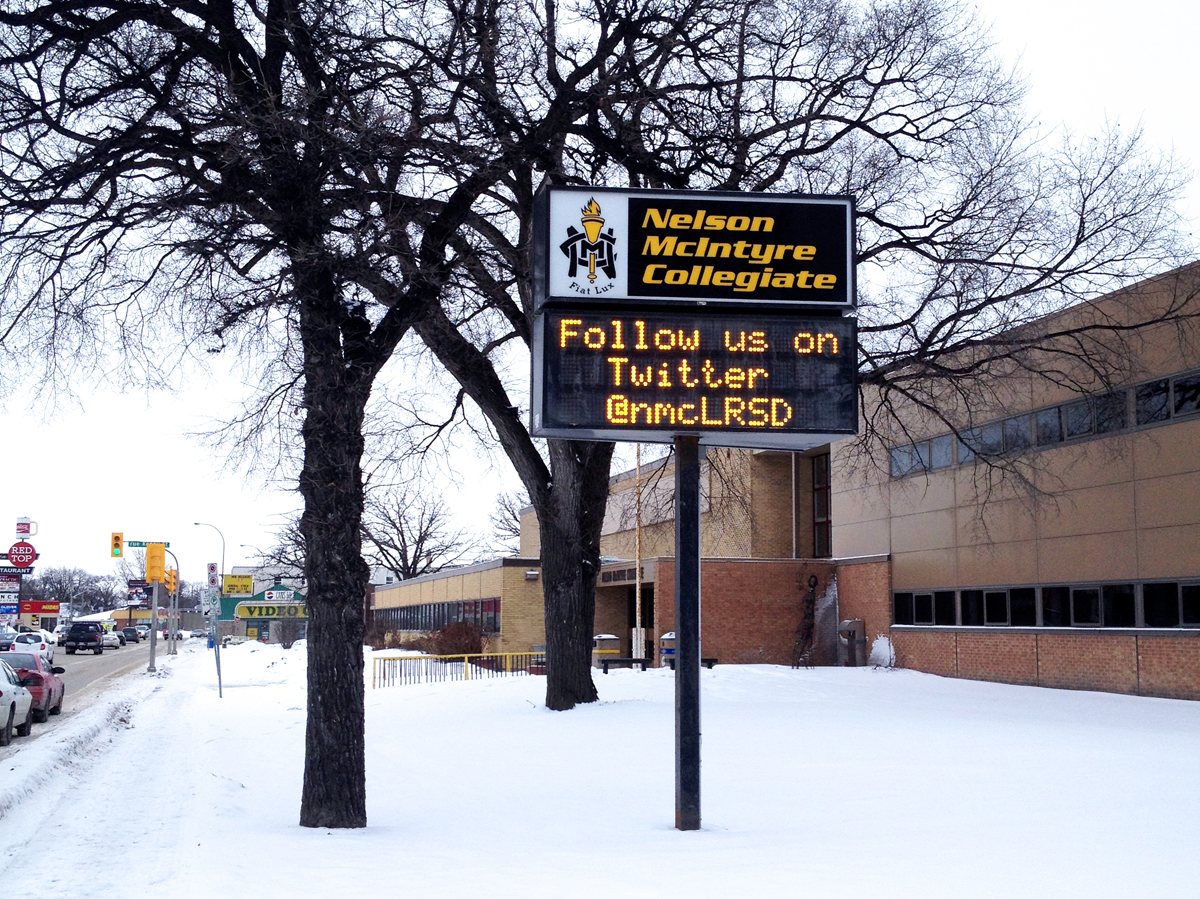The Ministry of Aboriginal Affairs and Northern Development recently came out with new figures showing that funding for education is equivalent for aboriginal students, if not more than funding for non-aboriginal students.
The announcement was made amid criticism from Aboriginal and human rights activists who have claimed that the government underfunds education for First Nations people.
A decision was made last year to resolve the inequalities between native and non-native primary and secondary school systems. Records show that Aboriginal students received approximately $13,542 per student in 2010-2011, while non-aboriginal students received $10, 439 in 2009.
Assembly of First Nations contradicts these figures by stating that Aboriginal students only received $7,101 per student on average. The government claims the funding is equal without including money for infrastructure and building maintenance.
Churchill Member of Parliament Niki Ashton raised this issue to the Harper government last week. She said she would like to see the government step in to improve the conditions of First Nations learning environments.
“On First Nations across Canada there are schools that don’t have enough paper. They don’t have enough materials, the classes are overcrowded, the rooms are full of mould,” said Ashton.
Minister of Aboriginal Affairs John Duncan stated that this issue has already been raised and the government is aware of the issue.
The government is currently working on a First Nations Education Act which is aimed to improve governance and accountability. The plan includes making improvement in First Nation’s educational systems a top priority by infusing $275 million into the system with a focus on infrastructure and building literacy rates. A portion of the money will be used to build three new schools on reserves this year, while another portion of the money will be used toward renovations of five other schools.
The new schools are scheduled to be built in Canada’s reservations most in need of educational reform. These areas are Pikangikum and Fort Severn in Northern Ontario, as well as Shamattawa in Manitoba.
Shamattawa is a reservation 1,200 km northeast of Winnipeg. Records show that the approximate population of Shamattawa was 1,101 in 2011. Conditions on this reservation, along with many others, are said to be bleak with high suicide rates. From January to May of 2007, 37 children and 10 adults attempted to commit suicide, while 52 people told a health care provider or family member that they plan to attempt suicide. The youngest of those who tried to commit suicide within the five-month period was nine years old. Attempted suicide rates among youth raised to 74, while 82 said they contemplated suicide.
Those who attempt suicide within the reservation are flown into Winnipeg for treatment. Youth told health care workers Nancy Thomas and Victoria Redhead in 2007 that many of the attempts are due to boredom, in that there is nothing to keep them occupied. The reservation is rife with peer pressure, and drug and alcohol abuse is rampant.
“It’s getting really out of hand. They tell me they’ve got nothing to do, there’s peer pressure. They just want to get out of here,” said Redhead.
Shamattawa will now be able to access a school system after five years of being in this state. Situations similar to this are common on other reserves. Various programs have been implemented, such as a $100,000 suicide prevention program in Shamattawa, however, the programs appear to be bandages on an overflowing wound. The government acknowledged this ongoing situation is in need of a long term solution.
The First Nations Education Act is aimed to be used as a tool for a long term solution. The target is directed at youth for early prevention. The goal will be for reserves to eventually become self-sufficient and take control of their own education systems.
“We are working to put students first and ensure they have an education that supports strong, self-sufficient individuals who can participate fully in Canada’s economic opportunities,” said Duncan.
Pressure has been placed on the government due to the sense of urgency attached to this situation and commitment has been made for a legislation to be passed by 2014. The $275 million is the first step to improve the school systems with school-board equivalent procedures that give First Nations control over the general direction of their curriculum.




